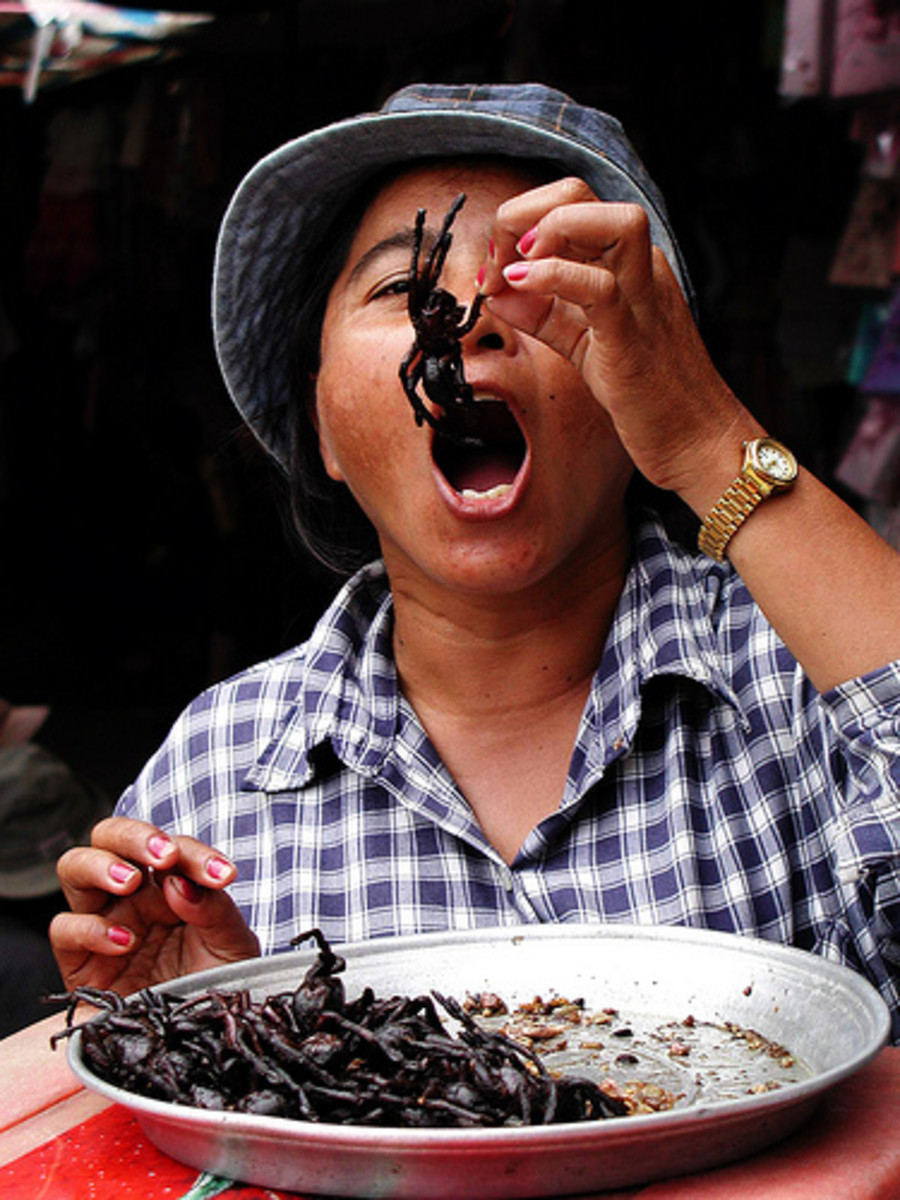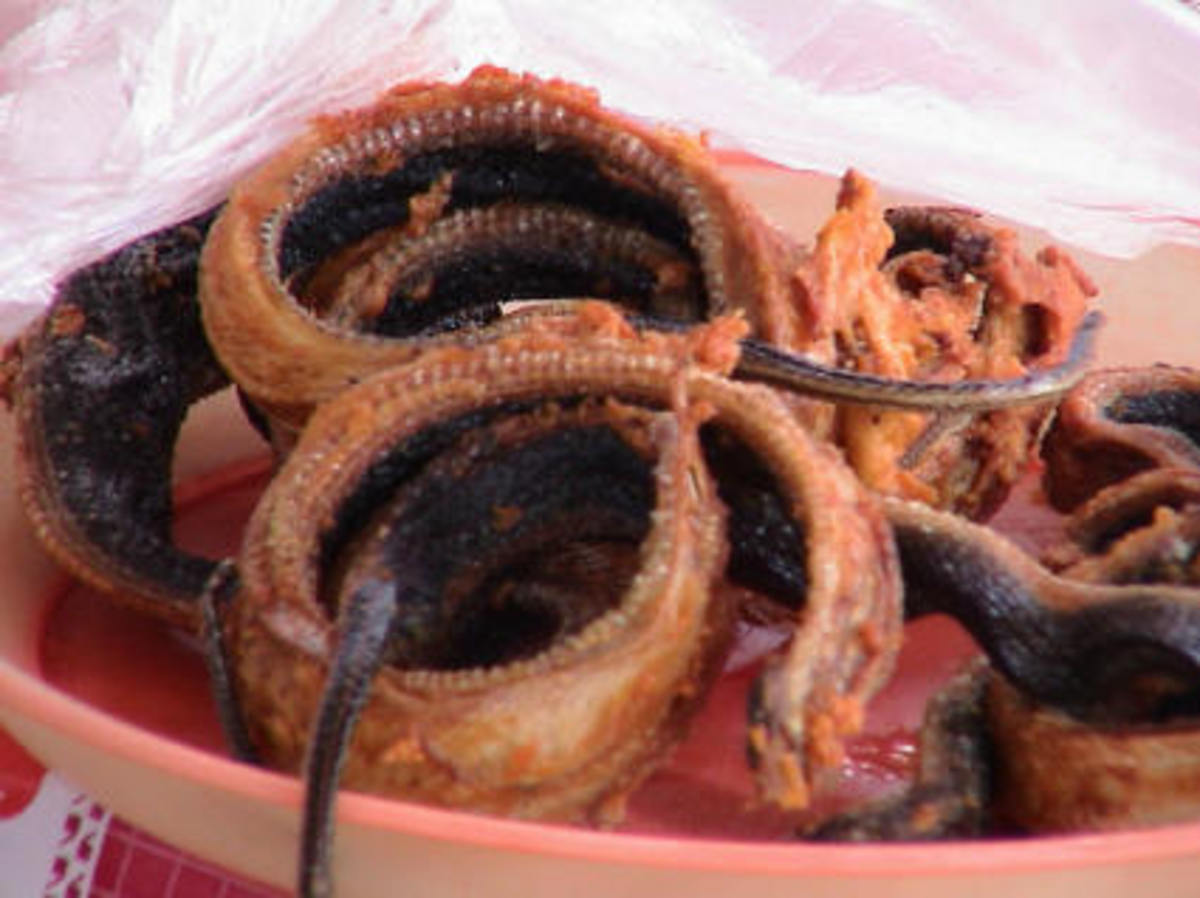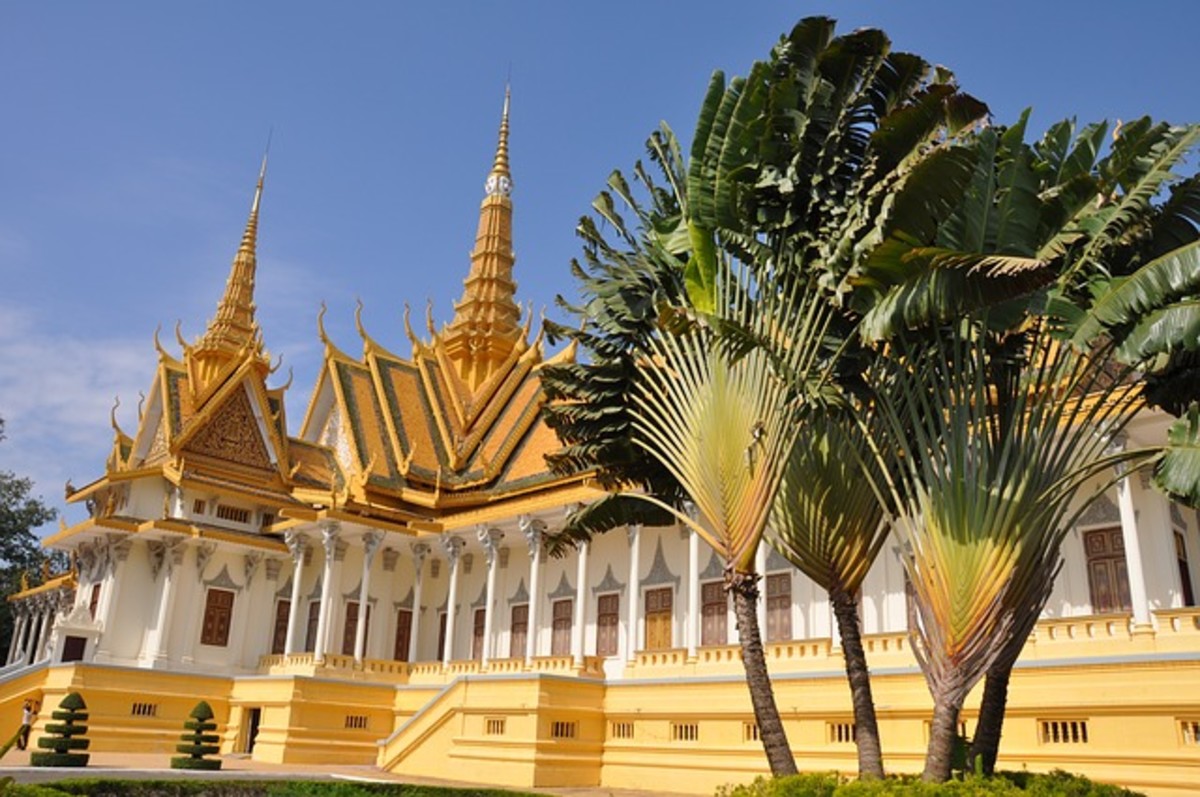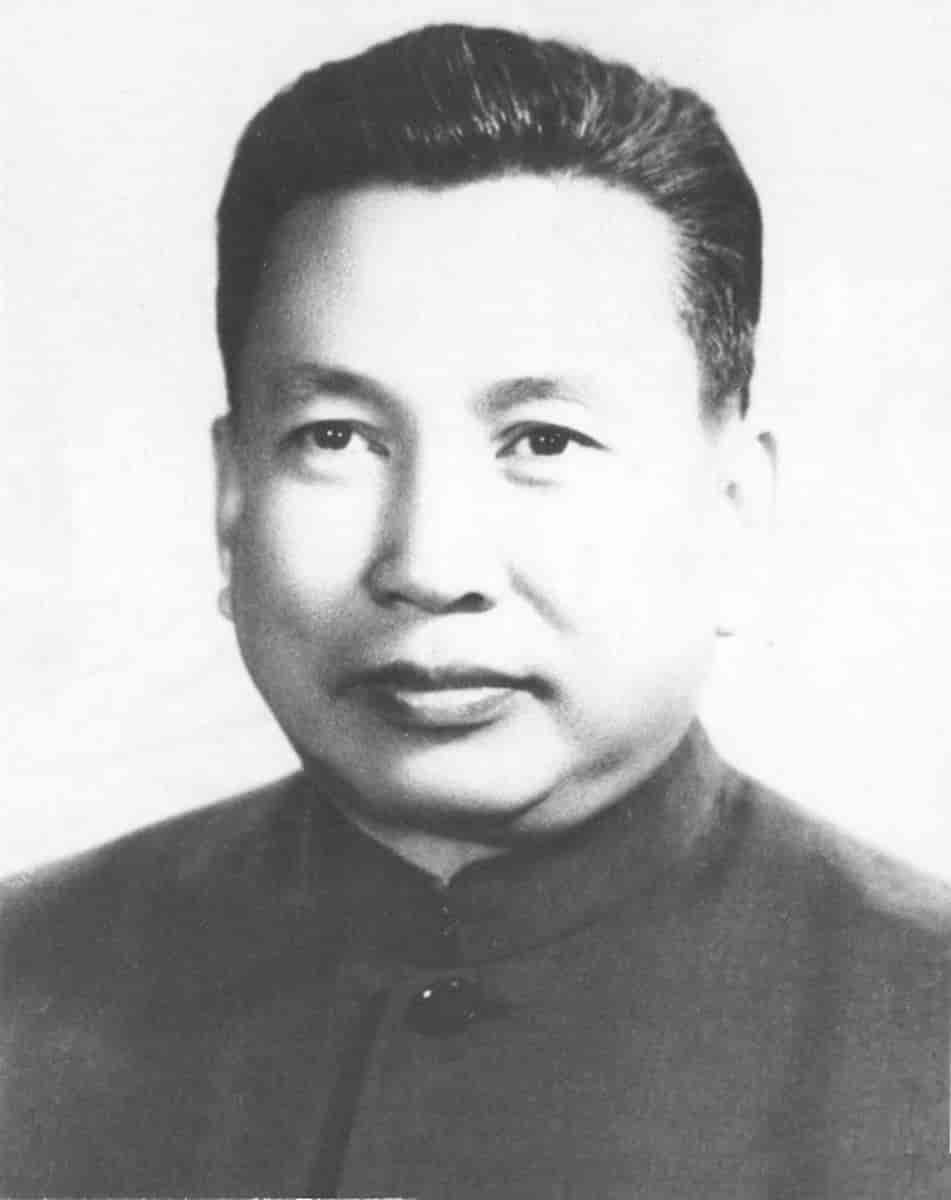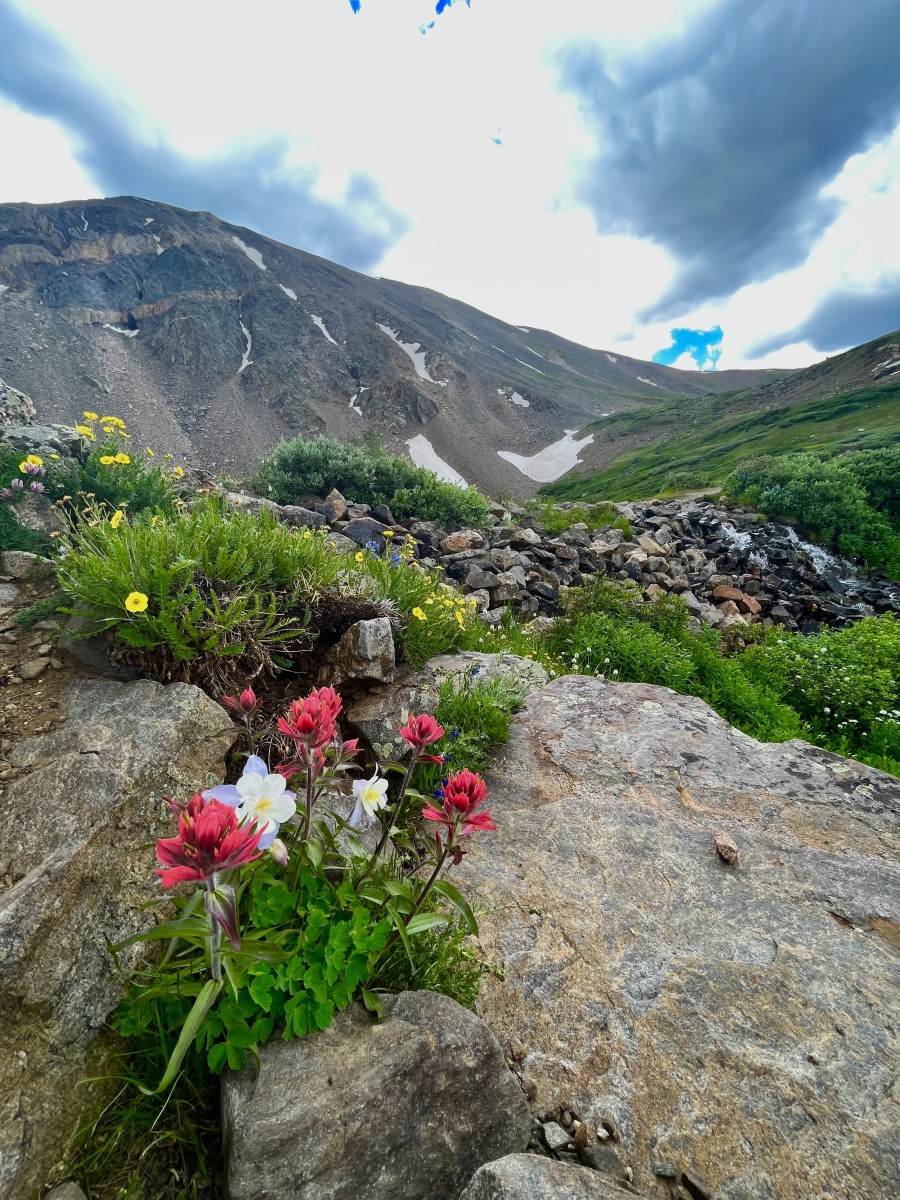Genocide in Cambodia – A Traveller’s Guide to the Toul Sleng Genocide Museum
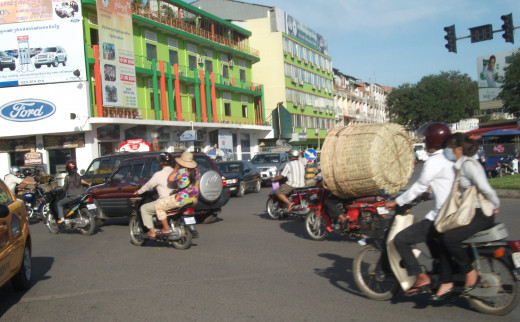
If you’re visiting Cambodia get ready to experience some of the most beautiful landscapes, people and cultures in the region. As most people will probably know however, Cambodia has a horrific and deeply saddening story woven into its not-so-distant past. The genocide in Cambodia was led by Pol Pot and the Khmer Rouge in the 1970s and cost approximately two million Cambodian lives. As a backpacker in the late 2000s travelling through the country, my whole experience couldn’t help but be affected by the backdrop of the genocide in Cambodia. I visited both the Toul Sleng Genocide Museum and the Killing Fields with a few other backpackers while I was there. What follows is a personal account of my experience at the Toul Sleng Genocide Museum and why I’d urge all travellers to visit it. (Please note that some of the descriptions may cause distress to sensitive readers.)
Arriving at the Toul Sleng Genocide Museum
We knew long before we arrived in Cambodia’s capital, Phnom Penh, that we wanted to find out more about the genocide in Cambodia so we woke early on our first day in the city and hired a tuk tuk to take us to the Toul Sleng Genocide Museum. Like all journeys within Pnom Pehn, it was manic; we weaved in and out of motorcycles carrying baskets full of goods that were probably too big even for a car. We squeezed between vans crammed with fifty passengers, some hanging out the windows because of the lack of space within. Each one of our party of four drank in the bustling sights and sounds of this captivating capital city caught up in a rush hour that never ceased, but nonetheless in the back of our minds we were all mentally preparing for our day ahead.
The plan was to visit the Toul Sleng Genocide Museum first, stop for lunch at a place where Cambodian street kids are trained up in the restaurant trade, and then visit the infamous Killing Fields. We didn’t have long in Pnom Pehn and we wanted to visit these places over and above the Grand Palace and the Silver Padoga.
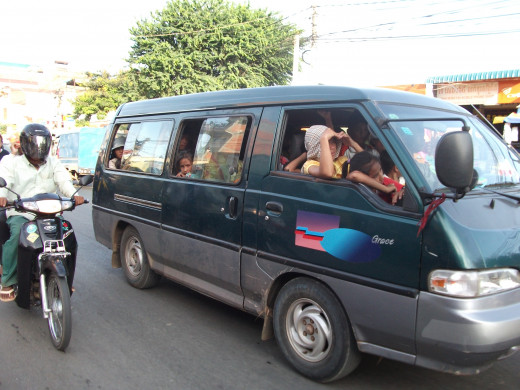
On arrival at the museum we paid our driver, jumped off the tuk tuk and were immediately greeted by a man who I can only describe as having no facial features; he was severely deformed and begging for money. As more of the locals saw us arrive the man was joined by several others that had lost various limbs (almost certainly in dangerous landmines that still cost Cambodian lives and injuries to this very day). To be honest, we were already feeling uneasy about visiting the Genocide Museum and when these locals immediately surrounded us, it unsettled us further. To collect ourselves after buying our entrance tickets we stopped to read through a few information leaflets about the Toul Sleng Genocide Museum.
A former school, the Genocide Museum was turned into a prison by the Kymer Rouge between 1975 and 1979. The museum we stood at the entrance to still looked like a school from the outside, which only added to the atrociousness of it all for me. In its ‘playground’ lay fourteen graves – the last people to be found, tortured and killed before the Khmer Rouge fled after the Vietnamese invaded.
I read this incredible account of a child who survived the genocide before my arrival into Cambodia:
Toul Sleng Genocide Museum - Block A
I didn’t take any photographs inside the building. Quite a lot of people were snapping away around me but it just didn’t feel right once I started to look around. The building consists of three blocks, A, B and C and the first of these are the cells where the prisoners used to sleep. Basic beds remain in the cells and pictures of torture victims hang on the walls above them. Torture devices and tin boxes, used as toilets, sat on each of the beds. To think that these were the actual items used in the very room that we were standing in was chilling, to the point that I found I couldn’t even fully enter some of the cells; the eeriness consumed me so much that in some cases it stopped me at the doorway.
Toul Sleng Genocide Museum - Block B
Moving on to Block B we found a series of interconnected rooms full of thousands of photographs on display featuring the many victims of the genocide in Cambodia. It would seem that the Khmer Rouge wanted to document everything as they took these pictures of their victims just before they stripped them of their clothes on their arrival at the prison. The impact these photographs had on us cannot be overstated. Small children with confused and frightened eyes gazed down the camera lens and into the future – a future where they didn’t exist and instead a backpacking tourist peered sadly at the last remaining image of them. I found myself lingering for a long time on some of the portraits of the young men in particular; men who would likely have been confident and strong back in their communities stared back at me with anger and defiance, while others simply looked like their spirits had already been broken along with their jaw bones in the brutish tussle to get them there.
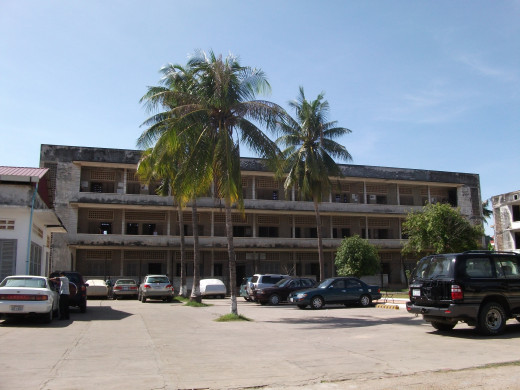
Toul Sleng Genocide Museum - Block C
The next block consisted of extracts and descriptions with corresponding photographs and I felt the sadness in my heart quickly and hotly grow into a tight ball of anger. I read how those who had the power hadn't even attempt to do anything about bringing the leaders of the Khmer Rouge to justice until 2007 – that was just two years before I had stood there in the place where these innocent people had been brutalised and killed. The leader of the Khmer Rouge, Pol Pot, died (either killed by his own troops or of a heart attack – nobody knows for sure) without ever having been convicted in 1998. As I write these words some of the other key members of the Khmer Rouge are standing trial for their crimes to humanity so I won’t delve any further on this point - this dark part of history is still playing out.
I can say without doubt that our little group left the Toul Sleng Genocide Museum as different people; we were shocked, confused and horrified at what we’d seen, learned and felt there. The museum stands as a reminder to the world about what happened to millions of innocent Cambodian people during Pol Pot’s reign. It tells these people’s stories and serves as a stark notice that nothing like Khmer Rouge’s genocide in Cambodia can ever happen again.
It is my hope that you will have read this wanting to learn more. Rather than being put off from visiting the Toul Sleng Genocide Museum, I hope that you are encouraged to visit it, and that you talk about and share what you have learned about the genocide in Cambodia – it’s the only way that the people I saw in those photographs will never be forgotten.



